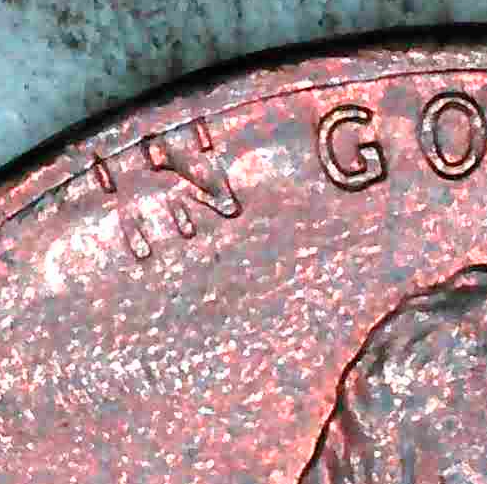When Cleaning a Coin Is Okay (Yes, Seriously)
Everyone hears “never clean your coins,” and it’s usually the right advice. But there are a few rare situations where it actually makes sense. Here’s when to consider it and how to do it without ruining the coin.

